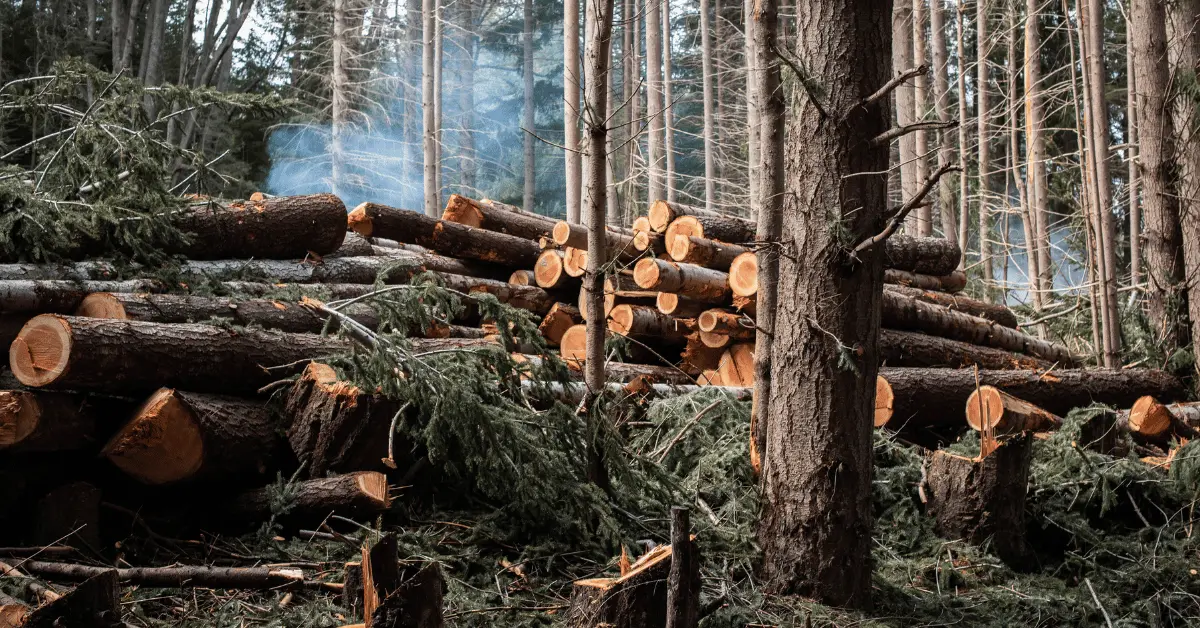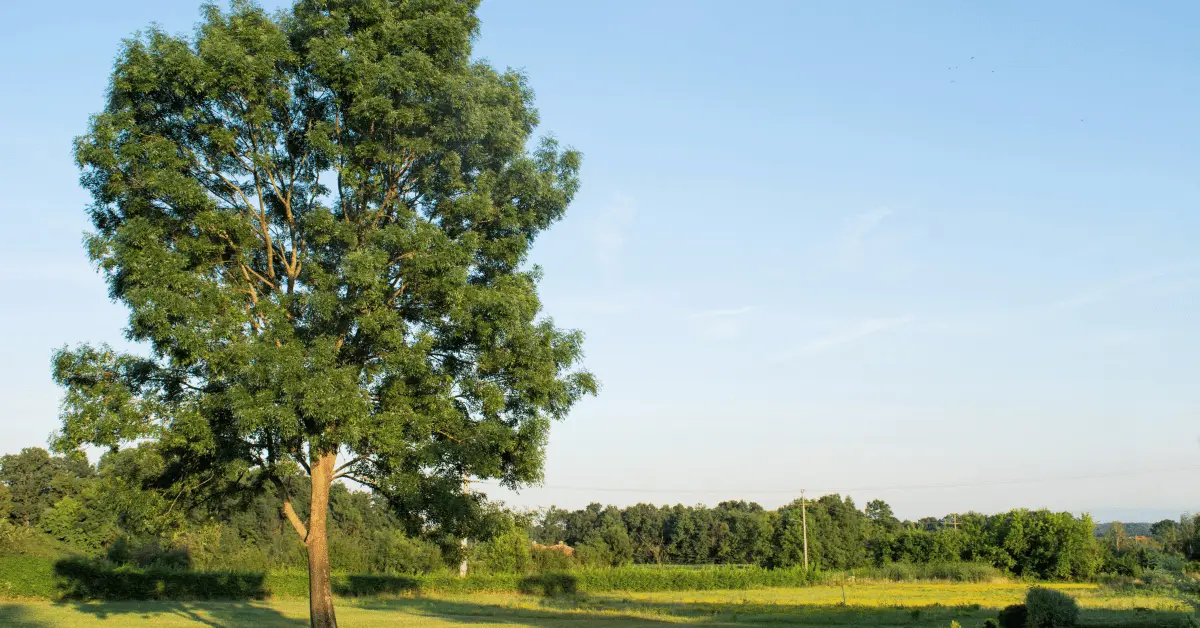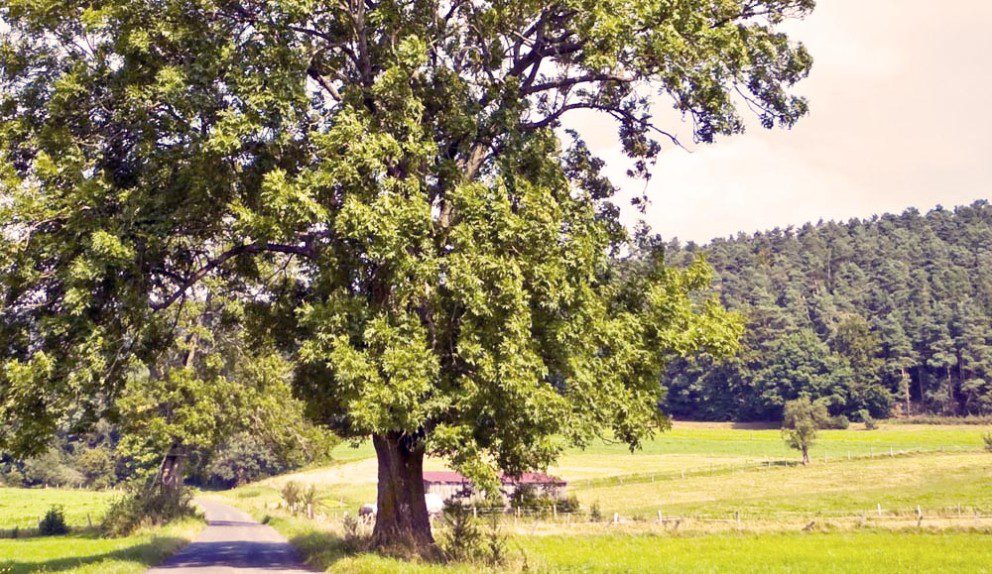Ash timber market shows growth
Ash Timber Prices Improve is a fairly wide-reaching species of N. American hardwood with a range that includes all eastern states and several west of the Mississippi River. It is relatively shade intolerant and prefers popping up in open fields or taking advantage of canopy disturbances caused by storms or timber harvesting.
Though it has been a staple of the N. American forest for millenia, the introduction of an Asian beetle is threatening it with eventual extinction. As a result, improving Ash timber prices could be crucial for salvaging existing stock.
Ash: An Excellent Hardwood
White Ash Perfect for Tool Handles and Furniture
White Ash has a strong terminal bud and exhibits natural self-pruning of lower limber, resulting in very straight grain that makes it well suited for baseball bats, tool handles and dimensional lumber used for things such as sofa frames and many other furniture components. Due to its pliable strength, ash is second only to hickory for the use of tool handles—bending under pressure but not easily breaking, which is good news as timber prices for ash improve.

Fewer knots and higher-value lumber result from ash trees self-pruning their lower limbs. Along with Hard Maple and a few other species, Ash is called “white wood” among lumber suppliers because the sapwood is desirable, unlike in other hardwoods like Cherry, Oak, and Walnut, where sapwood is discarded for the heartwood’s color and strength. Interestingly, the current trend shows Ash timber prices improving over previous years.
The Economics of Emerald Ash Borer
The introduction of the Emerald Ash Borer into the hardwood stands of North America has been devastating to the Ash population, taking a once prevalent genus of the Appalachian forest and threatening it with eventual extinction. According to the Ohio Forestry Department the Emerald Ash Borer infects and eventually kills all Ash trees down to a mere 1″ in diameter. Unfortunately this invasive species will eventually be the end of the Ash population in N. America.
The short-term effect of this blight increased the inventory of Ash logs available to mills and forest-products companies across the Midwest and Southern U.S. Landowners cut Ash heavily to harvest it before it died, flooding the market with supply.
Any basic economics course explains that market price is determined by the interplay of demand and supply. In this case, the increased Ash supply led to a decrease in its value over the past several years.

As the borer spreads and damages more Ash stands, the effect is showing signs of abatement, with the promise of reversal as supplies shrink. Consequently, the Ash timber prices improve gradually as the diminishing supply results in higher values.
Emerald Ash Borer is decimating the commercial viability of your stand of Ash timber.This is bittersweet news for landowners in southern Ohio and northern Appalachia, where the borer’s presence is still limited.
Ash timber market shows growth for Landowners
Landowners with healthy Ash trees are seeing prices rise 10-20% in the past 6 months. However, the Emerald Ash Borer will impact all Ash trees. If you own timber in southern Ohio, northern Kentucky, or northern Appalachia, have a qualified firm evaluate your hardwood stand.
How Much is Your Ash Worth Because Ash Timber Prices Improve?
Emerald Ash Borer is decimating the commercial viability of your Ash timber. Act now—harvest your Ash before it’s too late, as the promise of higher prices improves.
For a no-obligation assessment of the value of your Ash trees contact Timber Works today!


Comments 2
Have ash trees to sell who buys black ash in state va.
I have a 100+ acre wooded acres in southeastern Ohio with a fair amount of ash trees. Please contact me if you would be interested in coming out this winter and providing me an estimate on itvs timber value.
Thank you.